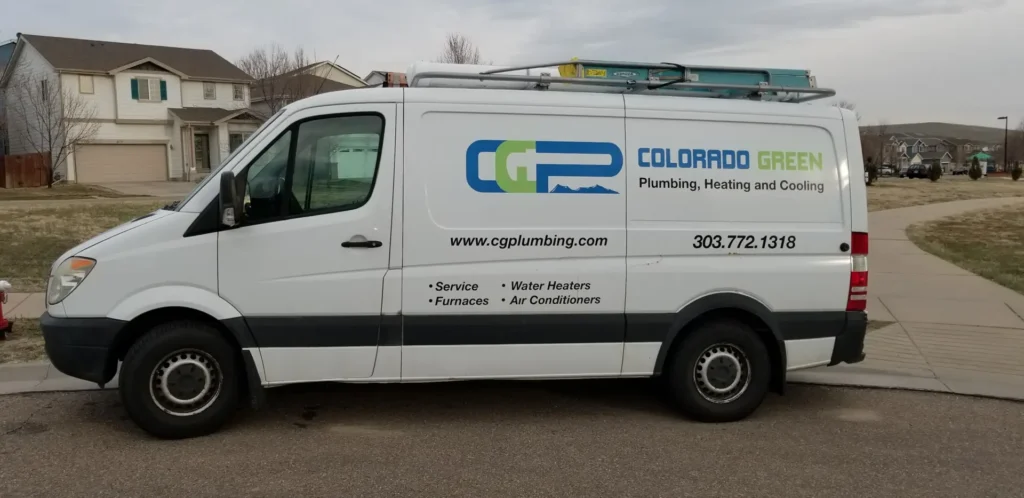Water pressure is the force exerted by the water against the pipes and fixtures in your home. It is measured in pounds per square inch (psi). The ideal water pressure for your home is between 50 and 80 psi. If your water pressure is too low, you may experience problems with low water flow from faucets and showers. If your water pressure is too high, it can damage your pipes and appliances.
Do you need help with your home’s water pressure settings?
An Affordable Plumber

Mr. Rooter Plumbing of Colorado Springs

Daniel & Donna Plumbing Service, Inc – Broomfield, CO

Colorado First Plumbing and Sewer LLC

Colorado Green Plumbing, Heating and Cooling

Troubleshooting Water Pressure Problems
Water pressure problems can be a real nuisance, causing everything from weak showers to slow-filling sinks. But before you call a plumber, there are a few things you can do to try to troubleshoot the issue yourself.
Here are some of the most common causes of low water pressure:
- Clogged aerators: Aerators are the screens on the ends of faucets that help to control the flow of water. They can become clogged with mineral deposits or debris, reducing water pressure.
- Corroded pipes: Over time, pipes can corrode and develop build-up, which can restrict water flow.
- Leaks: Even small leaks can cause a noticeable drop in water pressure.
- Water pressure regulator problems: The water pressure regulator is a valve that controls the flow of water into your home. If it’s malfunctioning, it can cause water pressure problems.
- High demand: If you’re using multiple water sources at the same time, such as running a washing machine and a dishwasher, it can put a strain on your water pressure.
Here are some steps you can take to troubleshoot water pressure problems:
- Check the aerators: Remove the aerators from your faucets and clean them with a brush or vinegar solution.
- Inspect your pipes: Look for signs of corrosion, such as rust or pinholes. If you see any damage, you’ll need to have your pipes replaced.
- Check for leaks: Inspect your pipes and fixtures for any signs of leaks. You can also check your water meter to see if there’s a leak when you’re not using any water.
- Test the water pressure regulator: To test the water pressure regulator, attach a pressure gauge to an outdoor hose bib. Turn on the water and read the pressure. If the pressure is below 50 psi, you may need to adjust or replace the regulator.
- Reduce water usage: If you’re experiencing low water pressure during peak demand times, try to reduce your water usage by running appliances at different times of the day.
If you’ve tried all of these troubleshooting steps and you’re still having water pressure problems, you’ll need to call a plumber. They will be able to diagnose the problem and recommend the best solution.
Frequently Asked Questions (FAQs) About Water Pressure Adjustments
What is a normal water pressure range?
The ideal water pressure range for a home is between 50 and 80 psi. Water pressure that is too low can cause problems with appliances, while water pressure that is too high can damage pipes and fixtures.
What are the signs of low water pressure?
- A weak or slow flow of water from faucets and showerheads
- Difficulty flushing toilets
- Water-powered appliances taking longer to operate
What are the signs of high water pressure?
- A forceful spray from faucets and showerheads
- Knocking or banging noises from pipes
- Leaks in pipes and fixtures
How do I adjust the pressure regulator?
To adjust the pressure regulator, you will need a screwdriver and a gauge to measure water pressure. You can find instructions on how to adjust your pressure regulator online or in the owner’s manual for your home.
What if I cannot adjust my water pressure myself?
If you are unable to adjust your water pressure yourself, you should call a licensed plumber.
